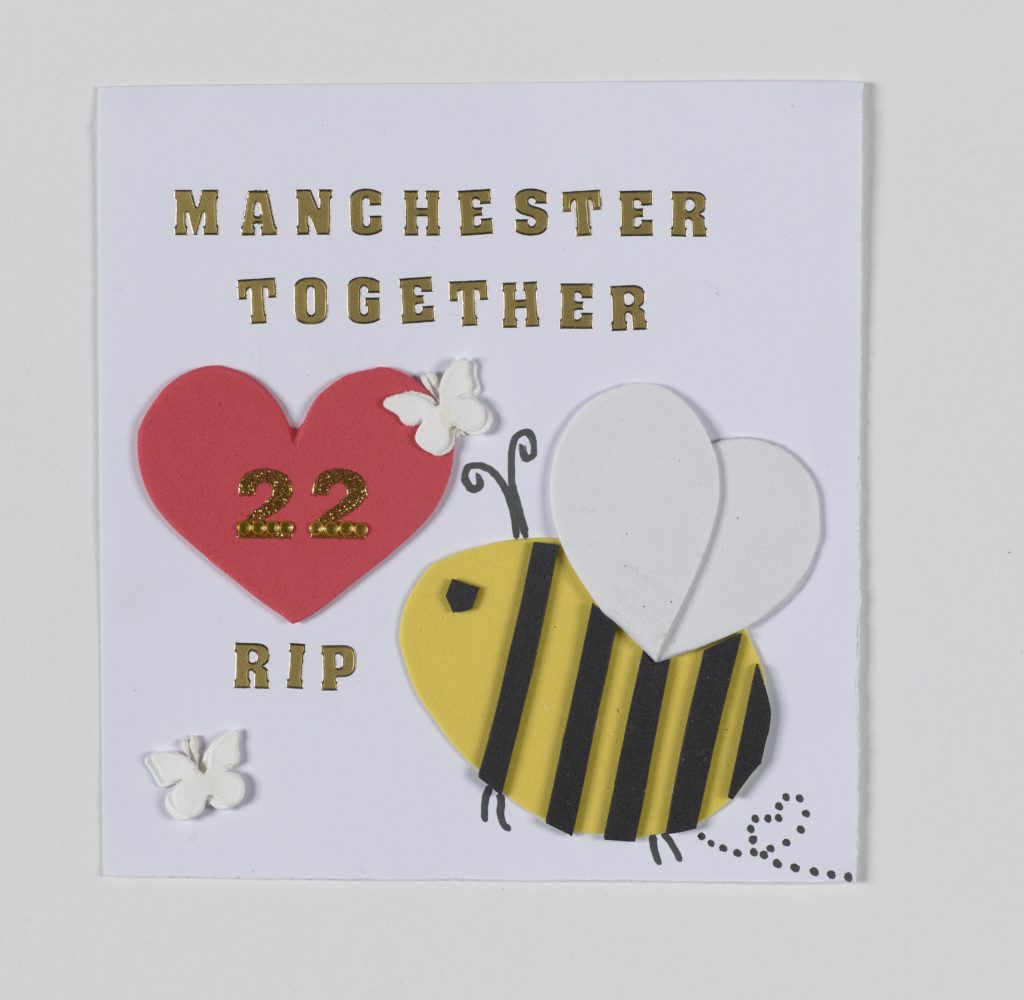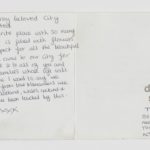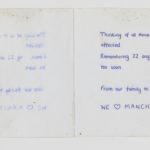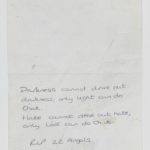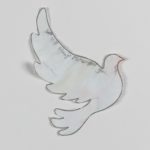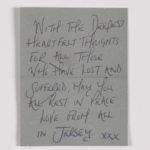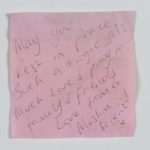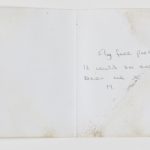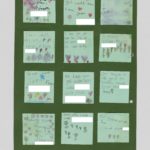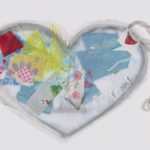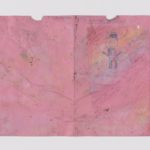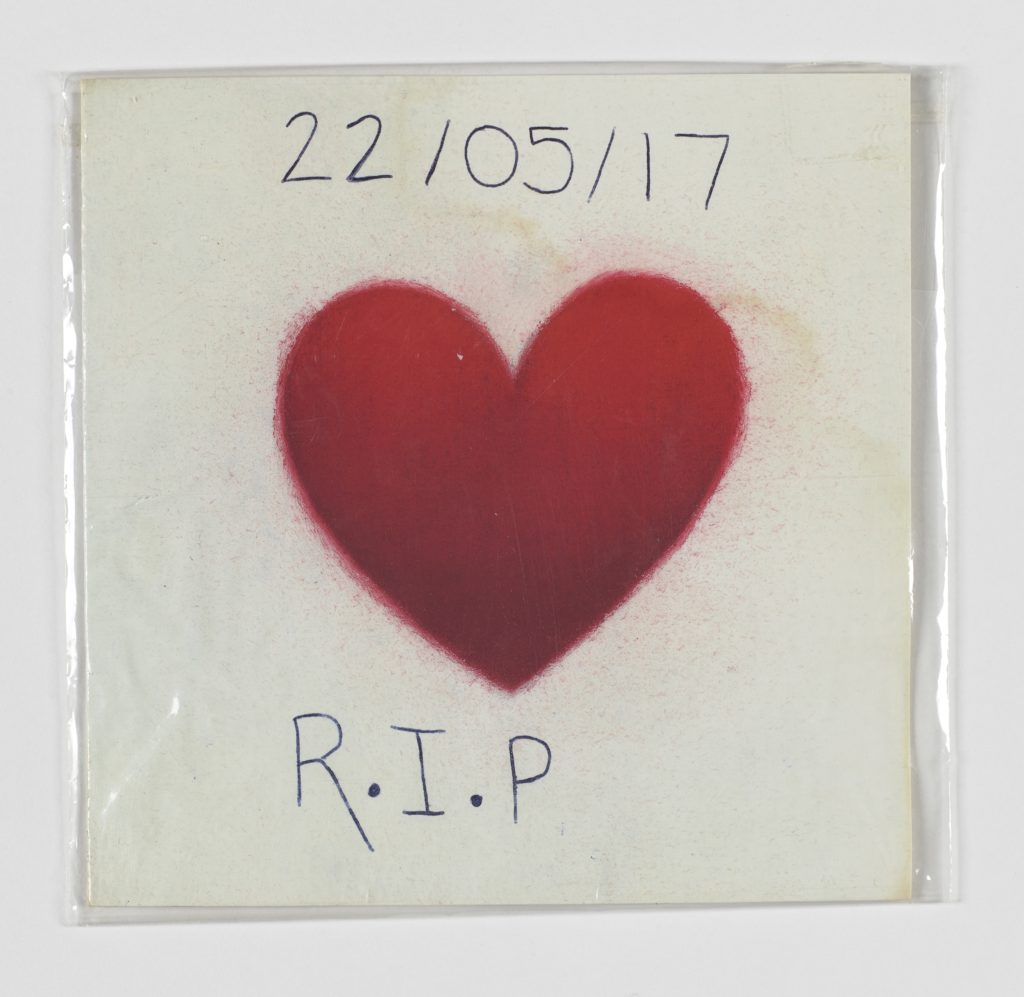
The third anniversary of the Manchester Attack takes place during the COVID-19 global crisis, at a time of great change, uncertainty, and hardship. Manchester Art Gallery, where the Manchester Together Archive is held, remains closed, and we are all living restricted lives in an effort to keep people safe. This year, we cannot invite families to visit the archive, to remember their loved ones, explore the tributes left in their name, and reflect on the attack and the extraordinary public response to it from people all over the world. Although we are physically separated, we will remember together the 22 people who lost their lives, the 170 who were physically injured and the thousands of people whose mental health or emotional wellbeing was affected. We think of the families and the survivors, and the people who helped, and continue to help, in whatever way they can. In time, the entire archive will be accessible online, and anybody who wishes to do so will have the opportunity to explore, engage and remember. For now, we share some of the tributes that were left in 2017, and reflect on the work that has taken place with this special archive over the last 18 months, in a project funded by the National Lottery Heritage Fund.
There are over 10,000 tributes in the archive, and these items are varied and often very personal. They include written messages, artworks, balloons, football shirts, flowers, quilts, decorative objects, candles, teddies, crochet hearts, wooden stars, jewellery, a guitar and many other items. Here we mostly share paper-based tributes, as they are the items that have been photographed so far. When a tribute includes the name of the person who left it, this has been obscured to comply with Data Protection regulations.
Click thumbnails for gallery.
During the project, visitors to the archive have been moved by being surrounded by the vast number of items, a physical representation of how many people cared about what happened. There is emotional power in the thousands of hands behind the creation of the archive, but also in the fact that there is a person behind each and every tribute. To make the archive accessible online, each item needs to be individually cleaned, catalogued and photographed. We hope that when the digital archive launches, people who left a tribute in the city centre, or posted an item to the city, will be able to find it, know that it is being cared for within the archive, and even tell us what the item meant to them when they left it.
Click thumbnails for gallery.
To carry out the careful work of processing the collection, we recruited a team of volunteers. No previous experience of working in an archive was required, and we had a huge response from people who wanted to take part in the project. Some of the motivations the volunteers gave for being involved were wanting to help, giving something back, the importance of preserving the emotions that people felt after the attack, opening the archive up beyond the people who were able to visit St Ann’s Square, contributing to a project that would help people process what had happened, bearing witness, celebrating the lives of the people who died, and keeping alive the response which ‘filled me with such love for the city.’
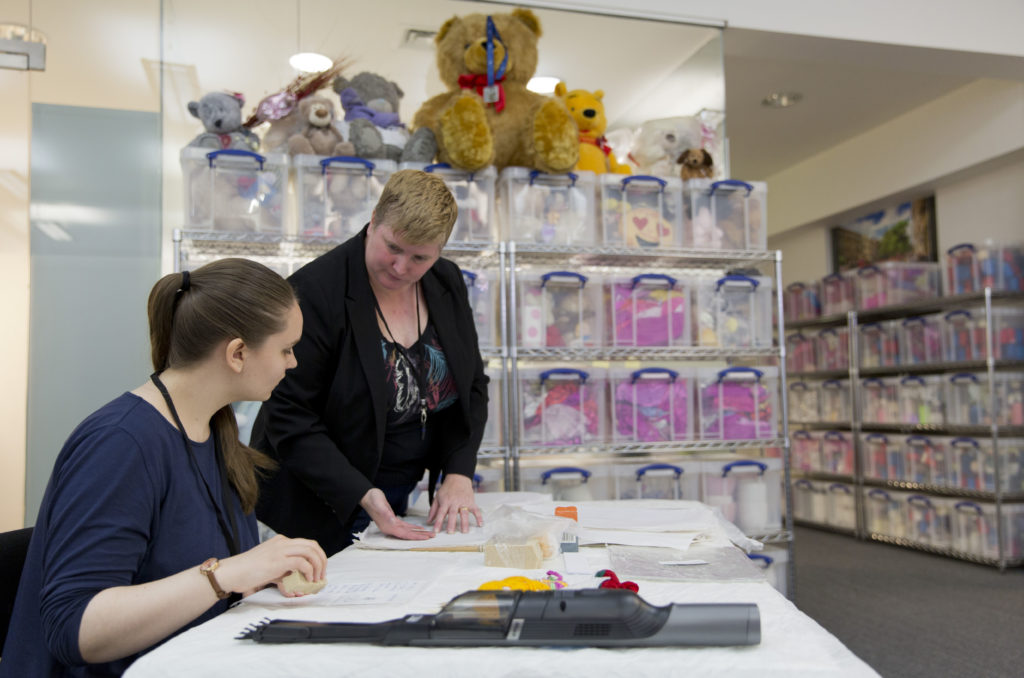
The volunteers are an integral part of the project, and at the end of each session we have a short debrief to discuss any feelings that might have come up that day, particular tributes that resonated with them, technical issues and their ideas for the archive and the project. These sessions have helped us learn about the emotional impact working with this material has on the volunteers, and how they feel about the work they are doing. One volunteer felt that ‘working with the items, processing them, is like a tribute itself.’ We ask volunteers for a four-month commitment in the first instance, but many have stayed long beyond that point. ‘When I started the role description said four months, and I thought that’s what I would do, but I actually really love being here. I want to continue as long as possible.’ We are so grateful for the time, skills and ideas our volunteers have contributed to the project. As soon as it is safe to do so we will resume our volunteering programme.
Click thumbnails for gallery.
As part of our work on the project we have begun a series of interviews with people connected to the archive in different ways. Jane Wilcock is a member of the Manchester Survivors Choir and was a volunteer with the Manchester Together Archive in 2019. In this audio clip, Jane talks about her time as a volunteer in the archive.
Over the last 18 months different groups have visited the gallery, including some of the families and survivors. Some of these sessions have included introductions to the archive and handling activities, and other visits have been completely unstructured, with visitors free to explore the space in their own time. Some visitors spend time looking through particular items, whilst others are content just to be in the space itself, surrounded by the material. Visitors have commented on the peaceful atmosphere in the space, the colours of the material, and the sheer volume of items. Some people have told us that the experience of visiting was like being at the memorial when it was in St Ann’s Square. One visitor told us that in the archive they experienced a new feeling they hadn’t felt before.
We have learnt that every visitor can tell us something about the material in the archive, reflecting the fact that the tributes were left by thousands of different people. We know it will take many people to reveal the stories and meaning behind them, and that’s why we are working towards making the material available online. Those who have visited have helped us to understand more about how people would like to engage with the archive, helping us develop our plans for making the material more accessible. We know that engaging with the material in the archive can be an emotional experience, and sometimes it can be painful, but the archive provides a space where people can remember, grieve, take some time and acknowledge what has been lost and what has changed. The archive also inspires people, with its many thousands of messages of love and hope. The responses within the archive are an attempt to offer comfort to the people hurting most, and to acknowledge their loss. Visitors find evidence of the importance of our human connections and relationships, and the value of standing together in solidarity with those who are suffering.
Click thumbnails for gallery.
A special feature of the Manchester Together Archive is the number of items that have been created by children, either at home or in school. It makes me think of all the conversations that must have taken place after the attack, in schools and in homes, as adults tried to explain what had happened, why, and how we can heal following such a destructive and frightening event. When school children visited the archive, they were given the opportunity to explore material created by children of their own age, and it provided an opportunity to talk more about the attack, and why people left particular items at the memorial.
Click thumbnails for gallery.
The tributes in the archive can be used as a starting point from which to tell stories about different aspects of the public response, such as taxi drivers giving free rides on the night of the attack, and people opening their homes to those who were stranded. These examples of kindness resonate deeply with people, and items referencing such acts can be found throughout the collection. Many of the tributes also thank the key workers in healthcare and the emergency services who responded to the attack. This emphasis on people who spend their lives helping others seems particularly relevant during the current crisis, with our dependence on front line workers and a wider recognition of the societal importance of these roles. Since the COVID-19 outbreak began, people have engaged in thousands of acts of kindness, supporting those who are vulnerable. It is so difficult that to stay safe, we must remain apart, but there is acknowledgement of the importance of connections, with people maintaining these as best they can, often with great creativity and innovation. Like in the archive, people are showing their appreciation for key workers through creative expression, across social media and in chalk writing, signs in windows and around our towns and cities, and in symbols of hope, like the rainbow.
Click thumbnails for gallery.
It has been a huge privilege to work with this archive over the last 18 months. It is a beautiful representation of what really matters to people – love, solidarity, human connection and hope. It is also a tangible record of how many people cared so deeply about the people who lost their lives. The tributes in the Manchester Together Archive connect us to these heartfelt expressions of love and solidarity, reminding us that we can feel deeply, encouraging us to live with compassion and empathy for others, and focus on the importance of our connections to one another. I also want to acknowledge how grateful I am to have met so many compassionate, resilient and inspiring people through my work with the archive. I would like to thank everybody who has visited the archive or contributed to the project over the last 18 months.
Jenny Marsden, project coordinator and digital archivist for the Manchester Together Archive
